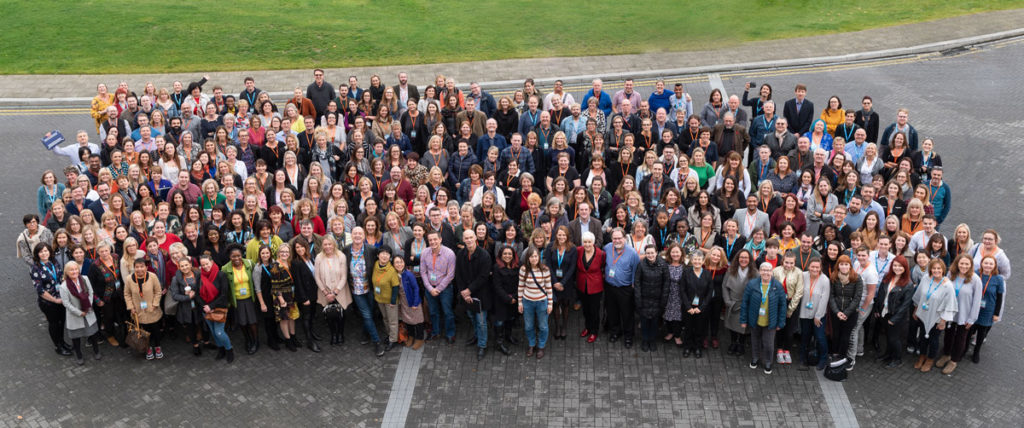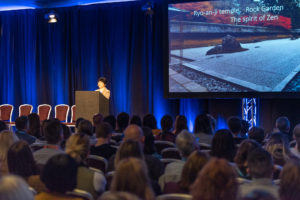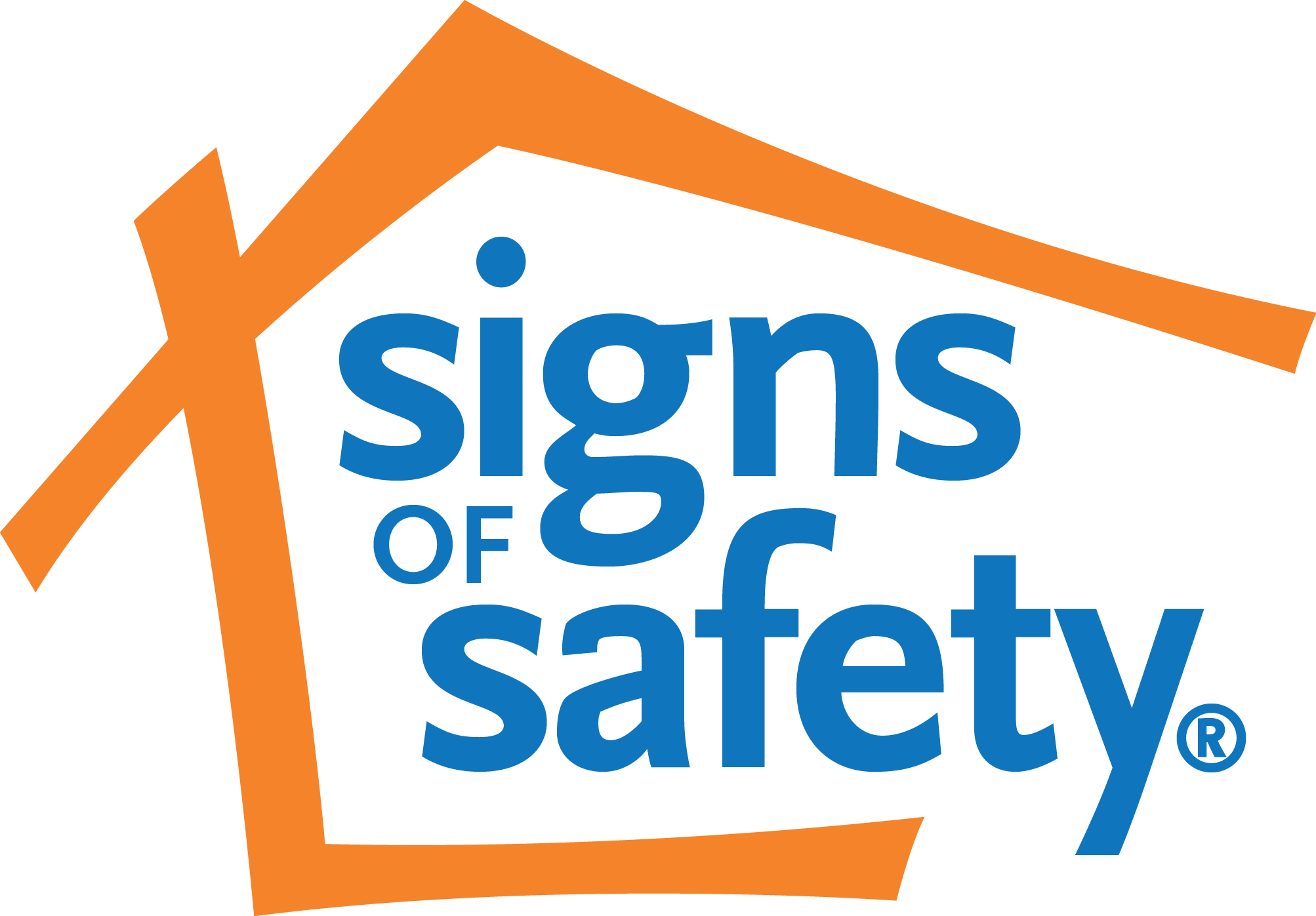
12th International Signs of Safety Gathering Dublin
The 12th International Signs of Safety Gathering in Dublin last month was compelling! Presentation after presentation expanded our vision of how to use the Signs of Safety in practice and how to apply the implementation framework within our organisations.
While the child protection field is over-organised by the fear of failure, the Signs of Safety Gathering stands as a beacon where practitioners from around the world gather to showcase work they are proud of.
Beloved Irish poet Yeats tells us why this is so important; the world is full of magic things patiently waiting for our senses to grow sharper. Signs of Safety Gatherings are designed to sharpen our senses about what our best practice looks like and that attention makes it possible to do more of the good stuff!
The Dublin Gathering reset the bar on what our best Signs of Safety practice and organisation looks like.
The first presentation, ‘Using The Whole Approach In Our Very First Case’ by Irish practitioners Siobhan Nolan, Helena Grenham and Melissa Davidson has set the standard for what’s possible for practitioners and teams that are completely new to the approach.
Noriko Okano from Japan captured everyone’s hearts inspiring us with her creative ideas and tools to fully involve children and young people in child protection casework. Her presentation was enchanting because Noriko grounded everything she showed us in her rich Japanese culture of which she is so proud.

In Pursuit Of Smooth And Easy: Noriko Okano
Jon Reeves, Albertan Provincial Director, detailed the whole system transformation process that led to 35 per cent reductions in child placements, 9% reduction in aboriginal placements and over 50% reduction in court involvement that has been sustained over the past five years in the Calgary region of Alberta.
As we always knew they would, Cambodians Sophorn Ngath and Lyly Tek took things to another level, showing us how the Signs of Safety helps them to engage whole village communities to build safety and belonging for with some of the most vulnerable children in poorest families on the planet.
Many professionals around the world wonder how the Signs of Safety approach can be applied to adult social care. Karen O’Brien and Caragh McLaughlin from Northern Ireland showed us exactly what this looks like, describing how they have adapted the approach to bring together naturally-connected networks to forge clear plans that everyone is involved with that creates safety for vulnerable adults. This presentation broke new ground for the Signs of Safety community.
While I am the principal co-creator of the Signs of Safety I learnt more about the approach from every presentation and am so thankful to all the presenters.
The five presentations described above are freely available and accessible by anyone and can be found here on the Knowledge Bank. These five and all the other 20 Dublin Gathering presentations (and many other Signs of Safety resources, examples and materials) can be viewed if your agency has taken a Knowledge Bank subscription.
As child protection professionals, we so often feel overwhelmed by the work we do and the problems we face in our organisations. In this environment, hope and vision are precious. Please take the time to view at least some of the presentations from the Dublin Gathering because they will inspire you to continue bringing your best efforts in working with our society’s most vulnerable families and children in your part of the world.
